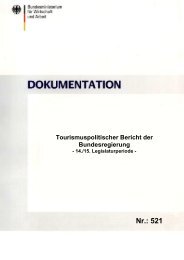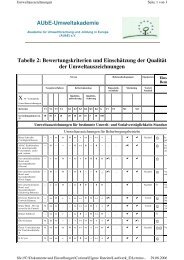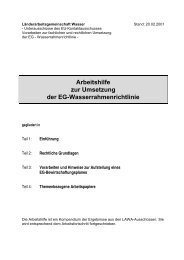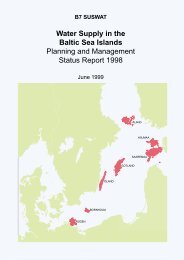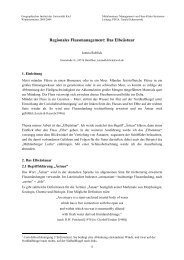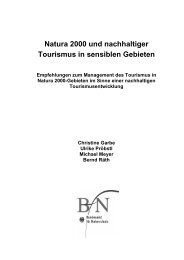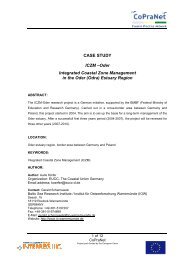View - IKZM-D Lernen
View - IKZM-D Lernen
View - IKZM-D Lernen
You also want an ePaper? Increase the reach of your titles
YUMPU automatically turns print PDFs into web optimized ePapers that Google loves.
Haas & Peekna & Walker Folklore 23<br />
impact would have caused. The mention of a crash into the water of<br />
a Lake Alue seems to contradict the scientists’ conclusion that the<br />
crater was formed above sea level, but the reference here may be<br />
to merely an additional fragment that landed in the nearby sea;<br />
otherwise it would be hard to explain the fire on land. Or perhaps<br />
the narrator is referring to the lake within the crater that actually<br />
formed shortly after the crash.<br />
One can find somewhat similar myths in other regions of the world.<br />
For example, the ancient Greeks told of Phaëthon, who begged his<br />
father Helios, the sun god, for a chance to steer the solar chariot<br />
for just one day. The inexperienced driver lost control of the chariot,<br />
which veered off the sun’s proper path and tumbled to earth in a<br />
fiery catastrophe, burning fields and forest. The culprit earned a<br />
fatal lightning stroke from an angry Zeus, and Phaëthon’s grieving<br />
sisters were turned into quaking poplar trees. There is certainly a<br />
parallel to the Kalevala account, where the disaster is set in motion<br />
when the sky-god Ukko gives the maiden Imbi the task of caring<br />
for a heavenly fire, which was to become a new moon and a new<br />
day; Imbi lets it slip through her fingers and fall to the earth. But<br />
the emphasis in the Greek tale is on the relationships between the<br />
gods, while the Finnic tale goes into great detail about the earthly<br />
consequences at the site of impact. If the two myths are in fact<br />
linked, then the spread from the Baltic area (with an impact crater<br />
formed in the presence of human witnesses) to Greece seems more<br />
likely than vice versa. Baltic amber has been found in Greece, so<br />
there was an ancient trade network that could have served to transport<br />
news and tales, as well as goods, from the Baltic to Greece. Is<br />
it just an intriguing coincidence that the amber tears of Phaëthon’s<br />
sisters became the golden leaves of the poplar trees (Grimaldi 1996:<br />
149)?<br />
FLYING REPTILES AND AMPHIBIANS<br />
Meri (1976: 250–253) notes that the streaking meteorite could have<br />
been the inspiration for the many references to flying, fiery snakes<br />
in Baltic Finnic lore. The chronicler Henry of Livonia reported in<br />
the early 13th century that a hill in northeastern Estonia (probably<br />
Mount Ebavere near Väike-Maarja, possibly Emumägi near Jõgeva)<br />
was the place where Tharapitha, the great god of the people of<br />
www.folklore.ee/folklore/vol23<br />
62



